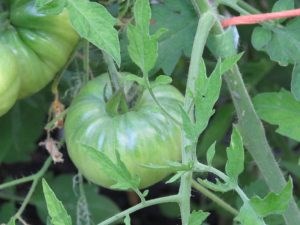What worked for you in the vegetable garden and what didn’t? It definitely was a strange year so today I am going over a few things that happened this year in the vegetable garden.
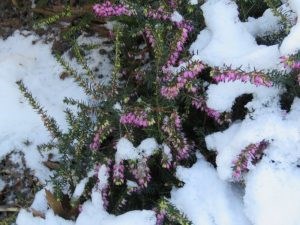
Snow was a major factor in the garden for the first three months of the year. Although it’s a great insulator I was sure my fall planted crops wouldn’t survive. I had some crops under plastic and some covered with heavier weights of floating row covers. By March the snow had disappeared but the soil was cold and no one wanted to get outside in the garden yet. I had started my usual number of pea seedlings to sell and by the end of March I still had all of them. The cool season crop season was dead at the beginning and wouldn’t pick up sales until late April. For landscapers and garden centres it was a very hard time due to lack of sales. Of course a diehard grower knows that seeds have to be started in March so they are ready for the garden in May. I planted my usual crop of tomatoes and many other seeds in the greenhouse even though it was cool outside.
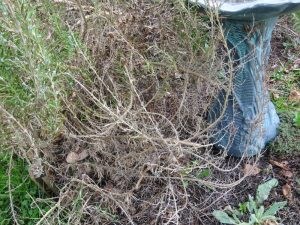
Spring brought me out in the garden and it was time to inspect for winter damage. The most damage in my garden was on a three-foot high rosemary plant. There was lots of browning and dieback which I left to prune out later. I was glad I waited as some branches leafed out and now you can’t tell it suffered. Low growing herbs such as Thyme seemed to suffer from all the snow cover. I had divided plants in the fall and dug them into a raised bed for winter protection but they should have come in the greenhouse instead.
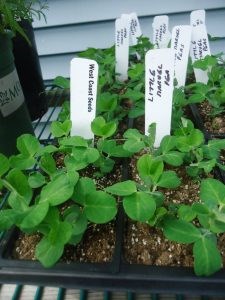
April came and people slowly got out in the garden but sales were slow. Meanwhile I was busy taking care of plants in the greenhouse and hoping for good May sales. With people not buying plants I knew this would be deemed the ‘year of the seedling.’ The peas and other plants I had grown for spring sales had to go in the garden.
May arrived and people planted outside as soon as they could. Everyone wanted to get outside finally. The only problem was the plants that placed in the garden sat and sulked. It would take a few weeks for plants to get going. Everything was a month behind in the garden. I was very glad I used seedlings as I had hoped to get a head start.
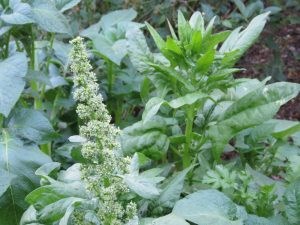
Gardeners were planting cool season crops in early May dreaming of salads in their near future. Unfortunately May brought us a week of warm weather and cool season crops bolted before we could get much of a harvest. For the average gardener they looked at this as something they did wrong. It didn’t matter how much I encouraged people to get their cool season crops in earlier they love planting in May. With our changing climate and the way our spring weather has been I think that planting cool season crops in fall is a more productive venture.
By mid-June plants starting growing by leaps and bounds and everything seemed to be doing well. The tomato plants seemed to grow like crazy once the soil warmed up. Of course, they had a rain roof over top so that probably helped.
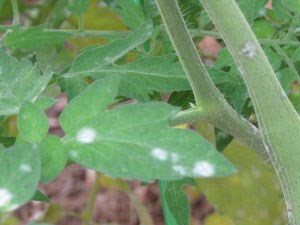
In July powdery mildew showed up in the vegetable garden. For the first time ever I had powdery mildew on tomatoes growing outside. It didn’t affect my crop but it was unsightly. People complained about mildew on squash and zucchini which was earlier than usual.
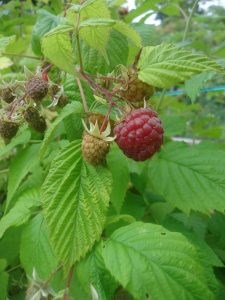
Berry season was dismal with strawberries ripening in June. How novel that June bearing crops actually were producing in June again. Still the cold spring had affected much of the local harvest and strawberry season was very short. Raspberry season was a bit better.
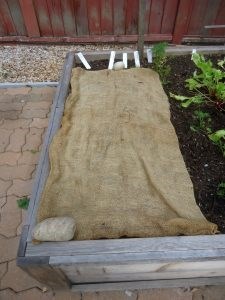
By all the charts out there it was too early for fall vegetable planting in July. The year before I had planted in August like the charts said but the more I thought about it the plantings hadn’t done that well. So I went ahead and planted a second crop of beans, peas, kale, arugula, lettuce, and turnips. Now it was July and seeds don’t germinate in the heat so I had to keep them cool. My friends in the Fraser Valley were using sheets, umbrellas and gazebos to shade their plantings so I grabbed the shade cloth for the greenhouse and placed it over the newly planted bed. I was able to water through the cloth. The bed also got a bit more shade in the late afternoon from a nearby tree. You can also use burlap over your newly planted seeds. A week later all the seeds had germinated and the covers could be removed.
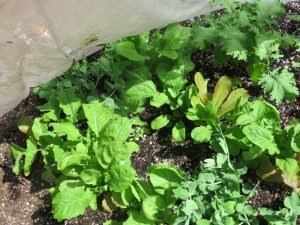
This bed was flourishing by early August and I am still harvesting from it in November. Now if we think back to the spring season it lasted about two to three weeks and the fall season is now in its fourth month. Going forward I think that this is what will change when it comes to cool season crops.
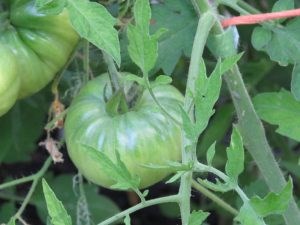
Green tomato questions started happening from all over the Lower Mainland. Even early season tomatoes were late to colour up. All of a sudden September arrived and we couldn’t keep up with the harvest.
Aphids seemed to be a pest this year and it may be due to our warm weather and dry conditions for much of the summer. I didn’t have an issue but many people did. Many early blooming trees were not pollinated in the spring so there was very little fruit. Last year I couldn’t keep up with the pear harvest in September but this year I had two pears on the tree and the raccoons got both of them. The zucchini and cucumbers only produced a few fruit. Pumpkins were a total loss in my garden. I grow cucamelons each year but pollination was slow and the vines weren’t producing well.
I think looking back at 2017 that we went straight from winter to summer and skipped spring. Fall is the new spring for cool season veggies. It may also be that we designate 2017 as the year of the seedling.
